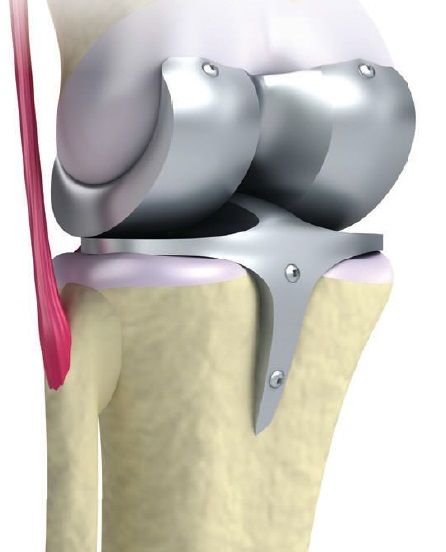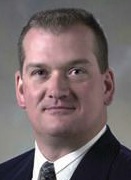Defining an ‘emerging technology’
Dr. Michael T. Dugger | TLT President's Report April 2012
A search of the past often foretells future directions—and STLE is at the center of it.

Research on orthopedic implants dominates the highly cited recent literature related to tribology.
www.canstockphoto.com
STLE’S MISSION AND VISION REQUIRE THAT WE CONTINUOUSLY REMAIN AWARE OF EMERGING TECHNOLOGIES related to tribology and make this information accessible to our members. To accomplish this, I believe STLE should have regular content aimed specifically at identifying emerging technologies. There are a number of ways of capturing this information, including trends identification and where the direction of future development is anticipated based on the recent past.
This information might come from examining cited literature, work presented at trade conferences and patent literature. Another mechanism is polling experts. This method is more future-oriented than examining recent trends, since experts are asked to synthesize developments in the recent past and anticipate where research or industry practice is going. This type of information can be generated during panel discussions with experts, presentations by invited speakers and in invited articles developed by thought leaders.
I recently used one of my favorite professional tools, the Web of Science, to see which trends emerged when looking at the recent literature. My approach was to search all journal publications related to friction, lubrication or wear in a five-year block of time and then sort the results by the number of times the article was cited. From these results, I attempted to identify themes that appear repeatedly.
For the 2007-2011 period, research on orthopedic implants accounted for perhaps a third of the entries. Other top articles included research on biofuels, ionic liquids, nano-materials (including graphene, carbon nano-tubes and nanocrystalline materials), nanotribology and diamond-like carbon. Repeating this exercise for the years 2002 through 2006 revealed that orthopedic implants again represented about a third of the articles. This group included nano-materials, thin film mechanical properties, coatings for lightweight metals and diamond-like carbon.
This exercise was a very simple and cursory look at recent research trends, but it revealed interesting results. The large percentage of work devoted to orthopedic implants is partly due to the large number of medical publications compared to those in other sciences and engineering and perhaps partly to the relative budgets for medical research and other areas. The budget of the National Institutes of Health, for example, is about four times that of the National Science Foundation. These trends suggest that research on orthopedic implants, nano-materials and coatings will figure prominently into the cited literature in the near future.
STLE annual meetings are a logical place to devote content to emerging technologies and have become a venue for researchers and marketing professionals to present their latest work. However, every research project or new product development does not represent emerging technology.
So how do we define an emerging technology?
The Institute for Ethics and Emerging Technologies (
1) has created a definition I think is useful. The institute contends that emerging technologies are those which:
•
Arise from new knowledge or the innovative application of existing knowledge.
•
Lead to the rapid development of new capabilities.
•
Are projected to have significant systemic and long-lasting economic, social and political impacts.
•
Create new opportunities for and challenges to addressing global issues and have the potential to disrupt or create entire industries.
We are planning an emerging technologies session at next month’s 2012 STLE Annual Meeting & Exhibition in St. Louis. I hope the session proves to be successful and that it becomes a regular part of future annual meetings.
Please plan to attend and offer your insights on what developments in our field meet the definition of emerging technology.
REFERENCE
1.
Click here.
 Mike Dugger is a Distinguished Member of the Technical Staff with Sandia National Laboratories in Albuquerque, N.M. You can reach him at mtdugge@sandia.gov
Mike Dugger is a Distinguished Member of the Technical Staff with Sandia National Laboratories in Albuquerque, N.M. You can reach him at mtdugge@sandia.gov.